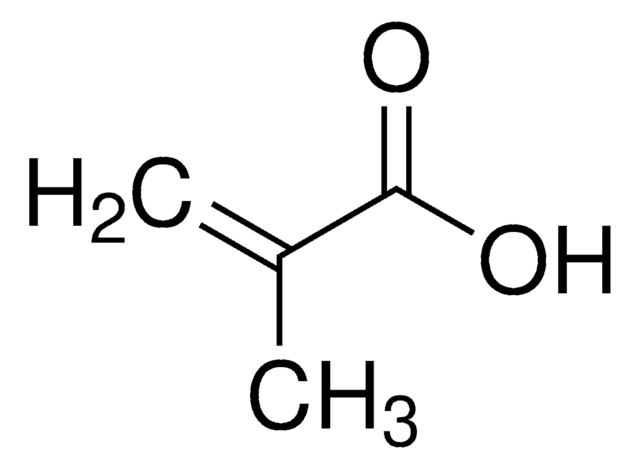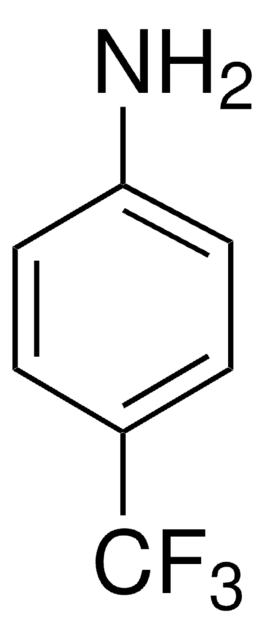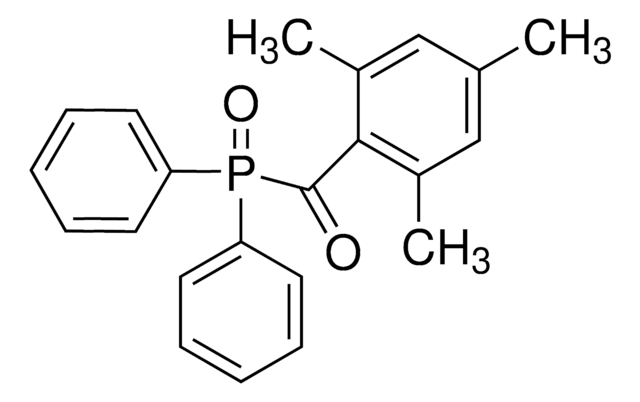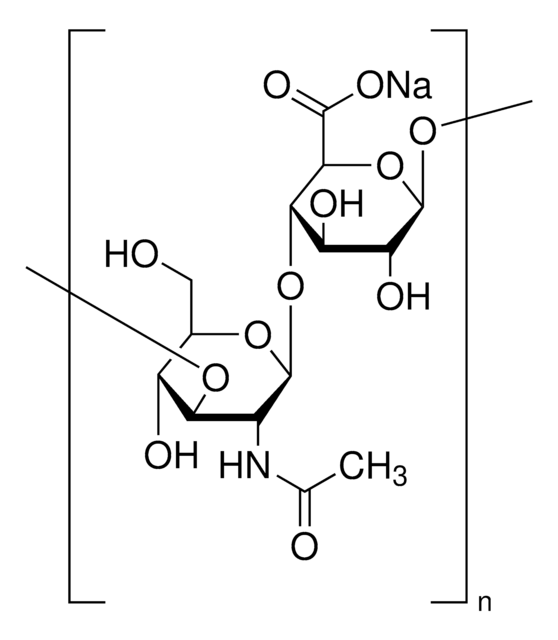276685
Methacrylic anhydride
contains 2,000 ppm topanol A as inhibitor, ≥94%
Synonym(s):
Methacrylic acid anhydride
About This Item
Recommended Products
Quality Level
Assay
≥94%
form
liquid
contains
2,000 ppm topanol A as inhibitor
refractive index
n20/D 1.453 (lit.)
bp
87 °C/13 mmHg (lit.)
density
1.035 g/mL at 25 °C (lit.)
SMILES string
CC(=C)C(=O)OC(=O)C(C)=C
InChI
1S/C8H10O3/c1-5(2)7(9)11-8(10)6(3)4/h1,3H2,2,4H3
InChI key
DCUFMVPCXCSVNP-UHFFFAOYSA-N
Looking for similar products? Visit Product Comparison Guide
Related Categories
General description
Application
- Methacrylated chondroitin sulfate pH-sensitive hydrogels by copolymerization reaction. These hydrogels can be used in drug delivery systems.
- High-performance lignin-based thermosets.
- Gel polymer electrolyte, which is then integrated with the cathode to form high-performance lithium-ion batteries.
Signal Word
Danger
Hazard Statements
Precautionary Statements
Hazard Classifications
Acute Tox. 4 Inhalation - Acute Tox. 4 Oral - Eye Dam. 1 - Skin Irrit. 2 - Skin Sens. 1 - STOT SE 3
Target Organs
Respiratory system
Storage Class Code
10 - Combustible liquids
WGK
WGK 2
Flash Point(F)
183.2 °F - closed cup
Flash Point(C)
84 °C - closed cup
Personal Protective Equipment
Choose from one of the most recent versions:
Already Own This Product?
Find documentation for the products that you have recently purchased in the Document Library.
Customers Also Viewed
Our team of scientists has experience in all areas of research including Life Science, Material Science, Chemical Synthesis, Chromatography, Analytical and many others.
Contact Technical Service














